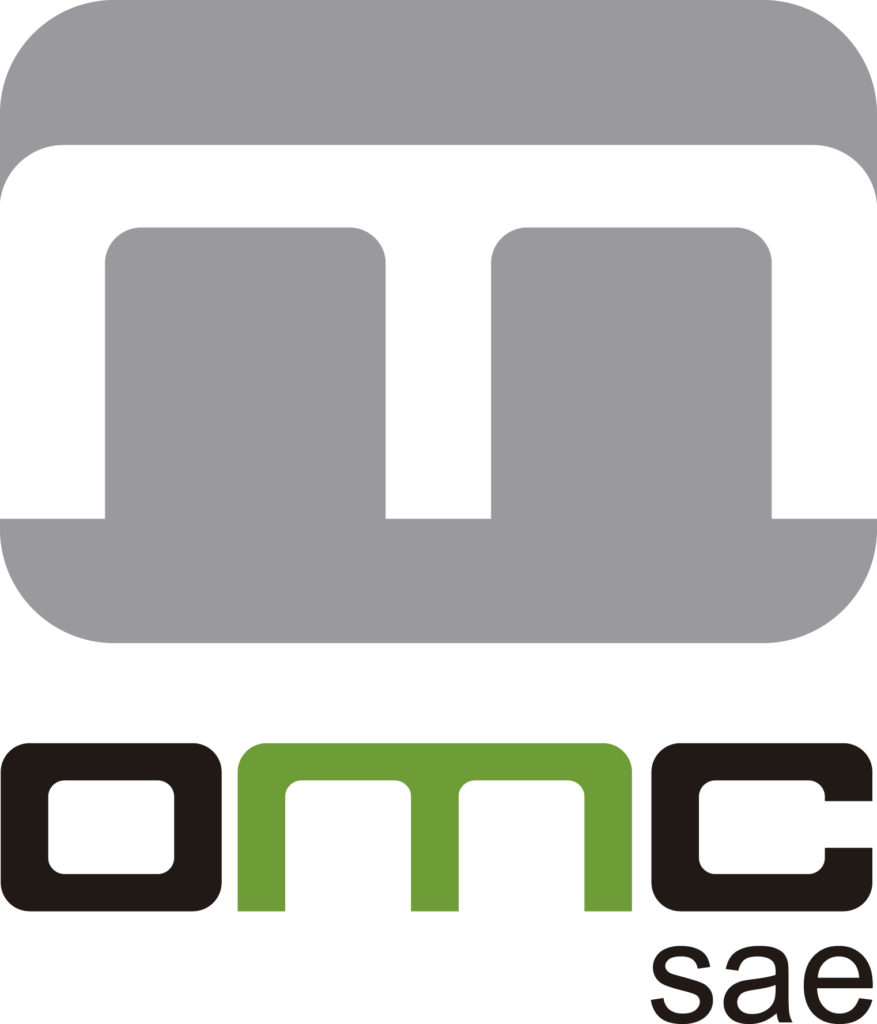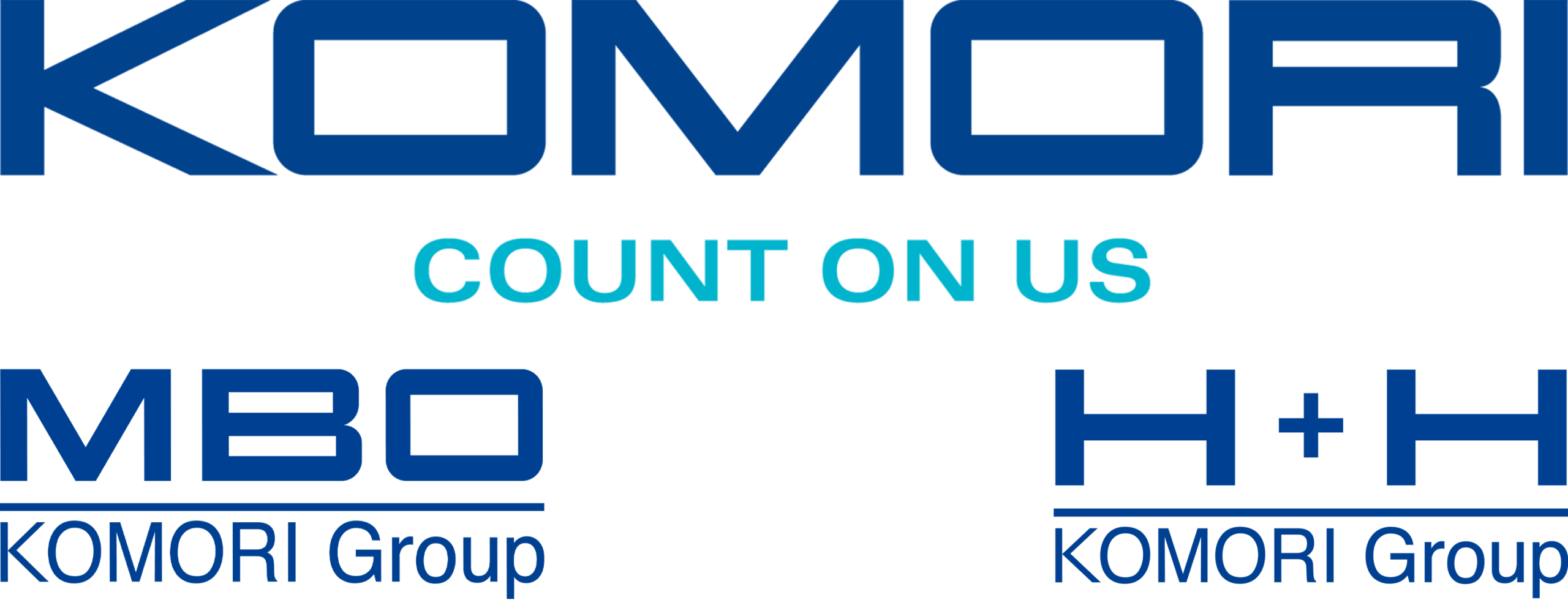Packaging is a growing sector that encompasses practically all the technologies, techniques and materials of the graphic world. The Komori's revolutionary H-UV system is starting to make an impact in the industry, and the promise of innovation and dazzling graphics will soon transform the business.
On a global scale, packaging is a gigantic industry, with sales of around $ 700 billion, making it one of the largest sectors in the world. In almost all countries, the packaging sector is fundamental, and it also registers great international growth.
It is also an area of dynamic changes, in which, thanks to R&D, new supports, inks, varnishes are constantly being obtained and the profusion of machines that form, fill, wrap, inspect, pack and transport the products that drive the global market. One of the most important advancements in recent years is Komori's innovative H-UV curing system., and the area where it has the greatest impact is packaging. It is not difficult to guess the reasons: time and cost reduction, visual impact and sustainability.
Virtually any product comes in a container. And the packaging itself is often the most important factor in determining whether the product is a success or a failure. Businesses know this, and printers who are prepared for the demands of this segment have their future assured.
UV offset printing is the preferred method of creating high-profile product marketing materials, so catalogs for luxury cars, jewelry, watches, and other expensive products are printed with UV inks and varnishes to achieve flawless quality and provide product differentiation. The main drawbacks of UV technology are, first of all, the large amount of energy required to power UV lamps and cool the environment around the machine and, secondly, the ozone generated by the broad spectrum of light emitted by lamps.
H-UV is the solution to these disadvantages. Excessive electrical consumption and the need to ventilate ozone are a thing of the past. In addition, the heat emitted is minimal, so the H-UV process can be used to print on heat-sensitive substrates, such as low-grammage papers. And the visual impact is even more spectacular than with conventional UV technology. In the world of packaging, these advantages can be paramount, and to understand why, it is necessary to analyze some of the factors and trends that determine the profile of the printing industry.
[youtube] https://www.youtube.com/watch?v=TQnDno4NQbU [/ youtube]
Print quality standardization is a general trend in the packaging industry. In the US, G7 certification is becoming a requirement for packaging printers. G7 is a gray balance based color calibration process that ensures consistent colors with less fine-tuning and waste. This methodology enables printers to produce high-quality prints with proof-to-print match.
Equipping the machine with a high-quality inspection system is also very common practice, because both carton and microchannel carton are relatively expensive compared to paper, so reducing waste is more important than ever. Such a system improves quality management and is an excellent sustainable measure because no resources are wasted. In addition, the US and Europe are implementing regulations that require packaging lines to incorporate a traceability function, especially for food and health products, and all traceability data must be combined in the shipping system to ensure full reliability of Supply Chain. Single number composite codes, 2D and linear barcodes, and other sophisticated tools are used to ensure accuracy, reliability, and compliance with regulations, such as the GS1 regulation.
The controls on migration of inks, varnishes, adhesives —And photoinitiators in the case of the UV process— they are getting stricter, although the large number of possible combinations makes it difficult to create universal regulations. An example of these types of controls requires that packages that do not meet low migration standards use an intermediate wrap or liner, which increases cost.
The EU started requiring Braille embossing on over-the-counter pharmaceutical packaging in 2010, a need that is often met by using offset printing and off-line embossing.
The exceptional packaging using six or more colors, including 'special' colors, and varnish on special supports have long been a great marketing tool for cosmetic brands in the US and Europe, and this practice is becoming more common in China and other Asian markets.
The role of sophisticated graphics in packaging printing
Rapid evolution and the need to respond to changing regulations makes it vital to invest in modern technology and equipment. In all markets, Komori equipment tends to dominate the high-end segment. And printers who rely on Komori machines to print packaging tend to specialize in consumer packaging, where sophisticated packaging design and printing are vital to product marketing. Today, packaging is the most powerful marketing tool in consumer products for a number of reasons.
They are the most useful means of differentiation and the best way to create brand and corporate identity. Are the unique communication tool at the point of sale, and as such they are the only medium that reaches the 100% of potential customers. In the mind of the consumer, the quality of the packaging reflects the quality of the product. For these reasons, a great variety of papers, cardboard and other supports are used to create the containers; Special printing processes are applied with six or more inks and exclusive varnishing techniques, as well as different effects such as holography or metallic finishes to capture the consumer's eye and drive the purchase decision.
Advantages of the H-UV process in packaging
Until now, the growth of H-UV technology has focused on commercial printing, but the demand for machines equipped with H-UV to print packaging is increasing. When companies that have been using conventional oil-based inks expand their offering to include UV printing, the preferred option is usually a machine equipped with H-UV because it does not need the space of a conventional UV machine, nor does it require ventilation ducts or conditioning of the air.
Characteristics of H-UV inks / varnishes
High sensitivity H-UV inks and varnishes developed for the H-UV system meet the print quality criteria of the most demanding commercial applications: art, fashion and luxury catalog printing. The packaging industry will take advantage of the same benefits. Compared to conventional UV inks, H-UV ink has a wider color gamut and higher gloss. Compared with conventional UV varnish, the potential of high gloss H-UV varnish is higher and its leveling characteristics are superior. And while dot gain is important in the UV process, it is extremely low with H-UV inks. In addition, the inks offer good transfer, low viscosity and good machine performance.
H-UV versus conventional printing
Compared to machines that use oil-based inks, the H-UV setting completely eliminates drying problems. The need for time and space to dry the forms disappears, because the job can be sent immediately to the next process. All the problems of anti-paint powder, an unfavorable environment in the press room and the hassle of cleaning and washing the rubbers to remove debris are completely gone, as is the uncertainty of customer complaints arising from problems with the dry-down effect of the ink. And tight lead times are no longer a problem thanks to instant drying.
H-UV versus conventional UV printing
Compared to a conventional UV machine, the H-UV machine takes up very little space and has a low environmental impact. Of course, you don't need a vent for ozone.
The electrical consumption and heat generated by the process is approximately a quarter of that generated by the UV process. In addition, the peculiar smell of conventional UV printing - a factor that forces many plants to be located in industrial estates - disappears. Media that cannot be UV printed due to the potential for heat damage is no longer a problem on an H-UV machine, dramatically expanding the range of jobs the printer can offer. Possible materials include PP, PE, PET, PVC, metallic foil and synthetic paper. Finishing processes such as varnishing or laminating are simple and uncomplicated. H-UV inks are also sustainable, a requirement not met by conventional UV inks because they cannot be removed from printed products for recycling. Komori has gained sufficient experience with H-UV in numerous applications and machine configurations, and knows the benefits it can bring to printers seeking a competitive advantage.
Summary / Comparison H-UV, UV and Conventional





